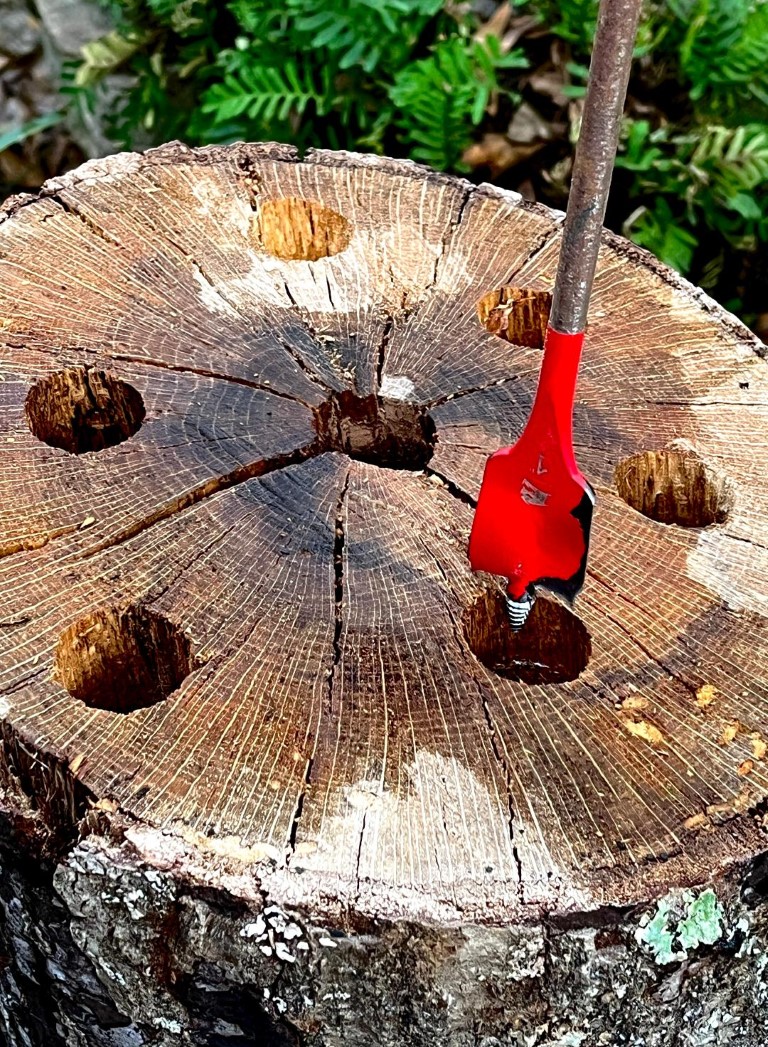Helping daughter will her first ever potager garden
Published 7:42 am Friday, November 24, 2023
By Felder Rushing
Garden Columnist
Had a rare opportunity to get dirty with my daughter, collaborating on her first ever potager garden of pretty veggies, herbs, and flowers.
Trending
The project was small and manageable, taking up a mere eight by eight spot in her sunny backyard, surrounded by a waist-high fence to thwart her lovable but rambunctious rescue dogs.
Though new materials would have been relatively inexpensive, we used leftover 2×6 boards, a roll of once-used “rabbit fence” from behind my tool shed, a castoff section of broken picket fence, and the antique “hairpin wire” gate from Zoe’s namesake great-great-grandmother’s garden.
Inside the fence are two narrow wood boxes, three feet wide for easy reaching into all corners, with a smaller box stacked atop one end for extra drainage for herbs. Note: a raised bed does not have to have its sides shored up unless you want neatness or extra height; you can just slope the dirt itself and pat the sides firm. But you can use whatever you fancy for looks or convenience – lumber, logs, stones, bricks, cinder blocks, even thrift store dinner plates. Or combinations.
Could have made her beds a U shape, but went with two rectangular beds with a large, gaily painted pot set between them at the far end. I made the pot from a used car tire, cut and inverted for funsies into a jagged crown shape. My blog has a treatise, photos and all, on how to do this without herniating yourself.
The most crucial part of raised beds, not hard if you do it right the first time, is soil preparation. It is a concept, not a strict recipe; however, after decades of building raised beds for myself, school gardens, and others, I have a simple routine for both short- and long-term success.
Rather than filling boxes with foreign stuff, I dig and add easy ingredients to the native dirt, which has valuable properties. Think “crumbled crackers in a bowl of chili” – keep the chili, add the crackers.
Trending
Once the beds are laid out. I dig the dirt a solid shovel deep, turning each bite upside down so the grass and weeds and “good dirt” are at the bottom. If the dirt is too hard, I water it and try again the next day. I never fail to do this, once and for all.
After breaking up the lumps (again, water and wait a bit if they need softening), I spread two or three types of organic matter all over, a total of about four inches. I use bark for longevity and drainage, some compost teeming with worms and beneficial bacteria and fungi, maybe some composted manure (worm if you can find it). Dig it all into the top half of the upside-down original dirt, and if more is needed I go with whatever I can find the cheapest, bagged or in bulk.
After Zoe and I covered everything with bark mulch and added a birdbath and some glass ornaments, we went shopping for cold-tolerant veggies, herbs, flowers, and a few bulbs. We went with different colored kales, lettuces, burgundy mustard, cabbage, pansies, violas, garlic cloves, rosemary, pale gray dusty miller, oregano, parsley, miniature daffodils, foxglove, and more…all planted in groups and drifts rather than rows.
The young woman is well on her way with a cute, productive little spot of taste, color, and wildlife. We had a blast, and her partner is already using and preserving the culinary herbs. And I selfishly like to think that every time she sees, uses, or forever remembers this little potager, she will think of her old dad.
Felder Rushing is a Mississippi author, columnist, and host of the “Gestalt Gardener” on MPB Think Radio. Email gardening questions to rushingfelder@yahoo.com.






